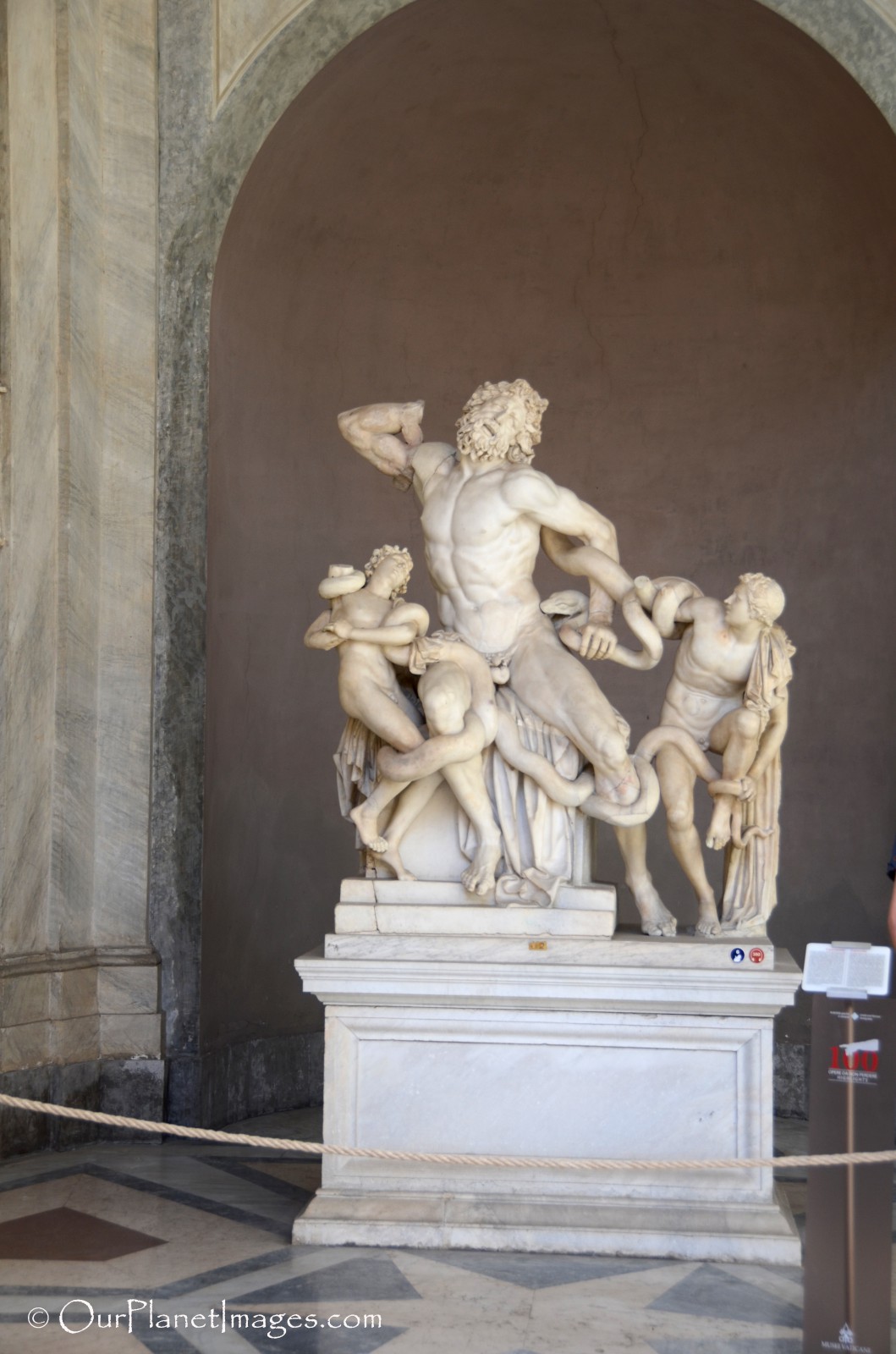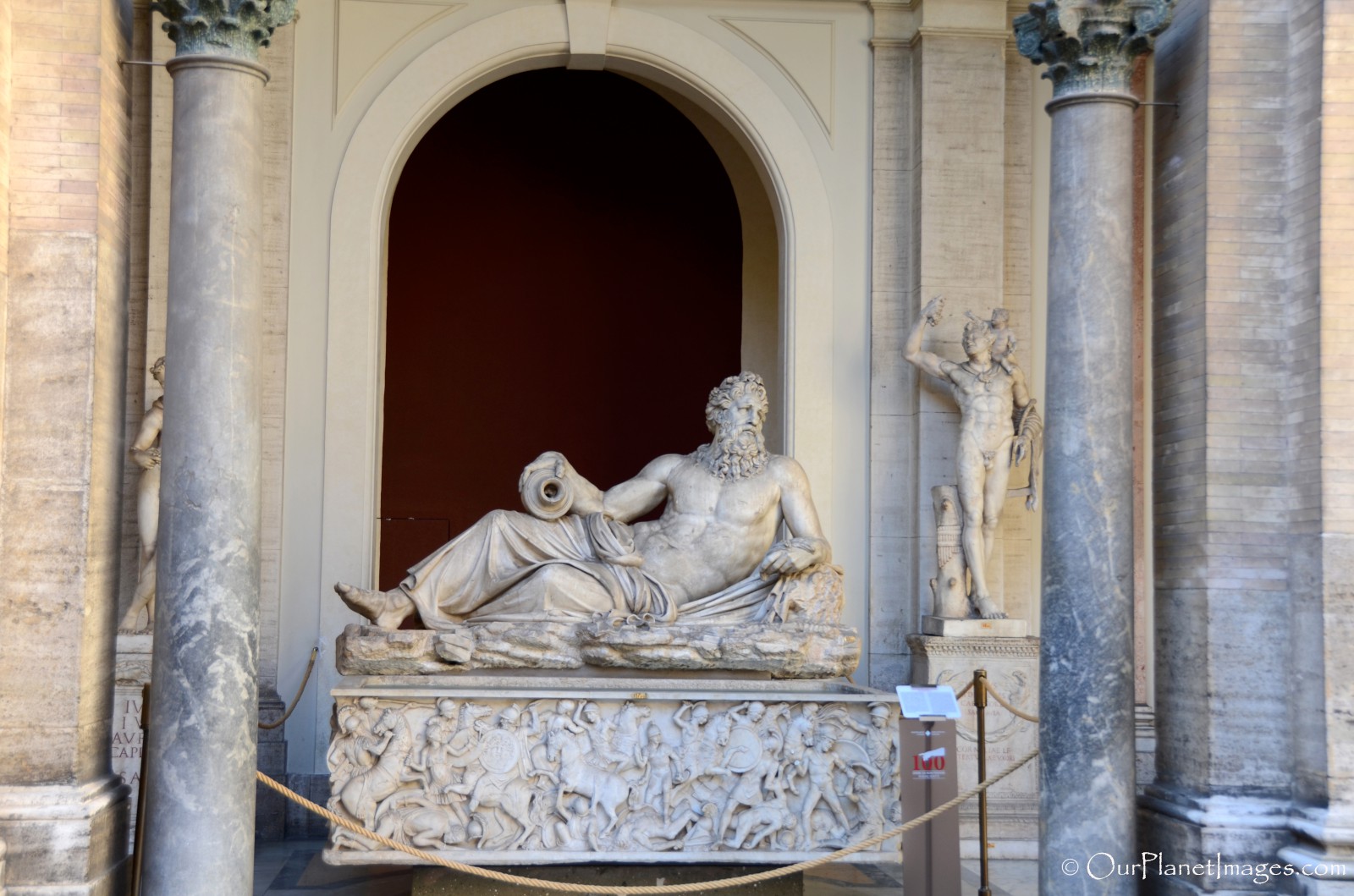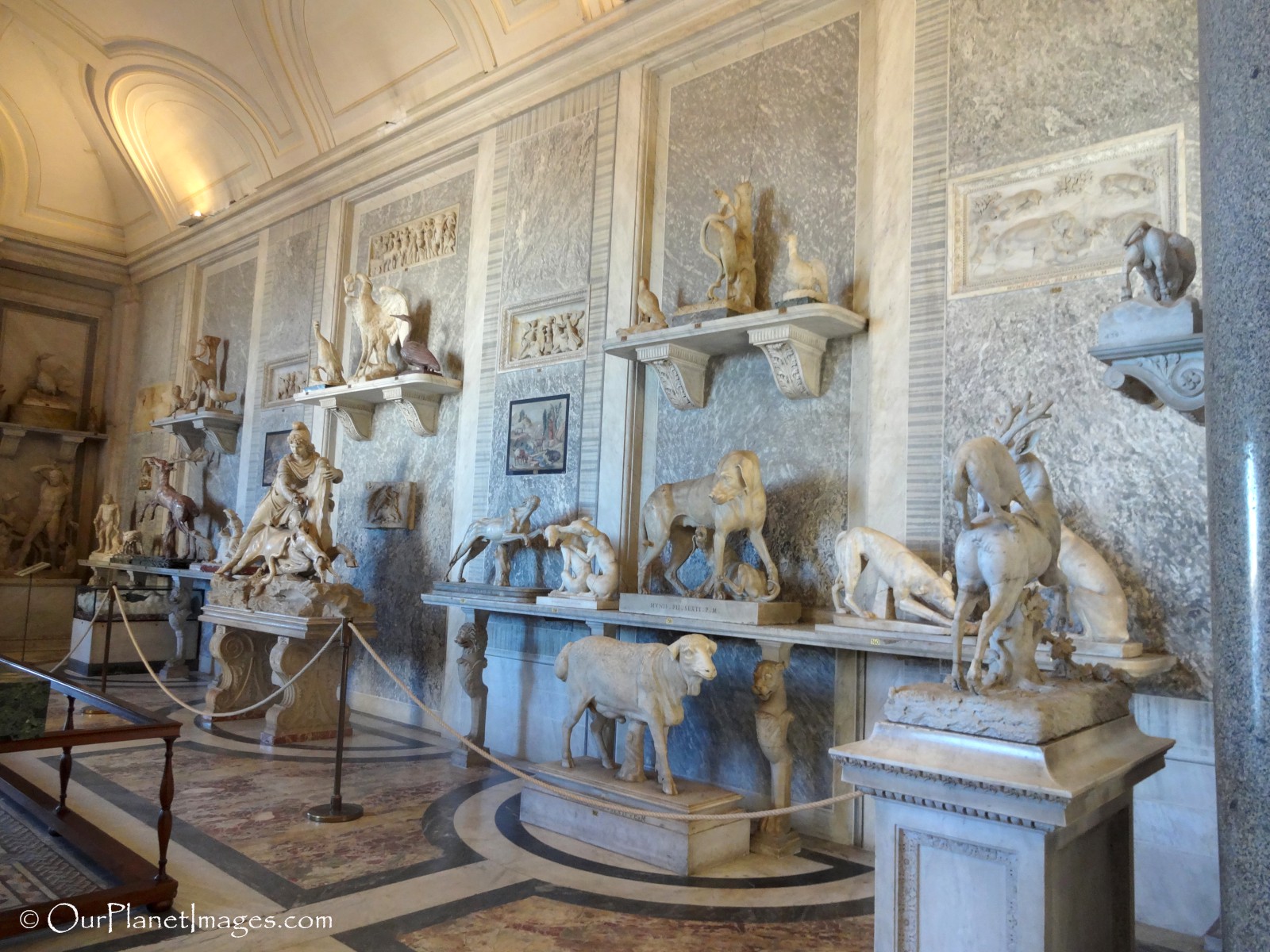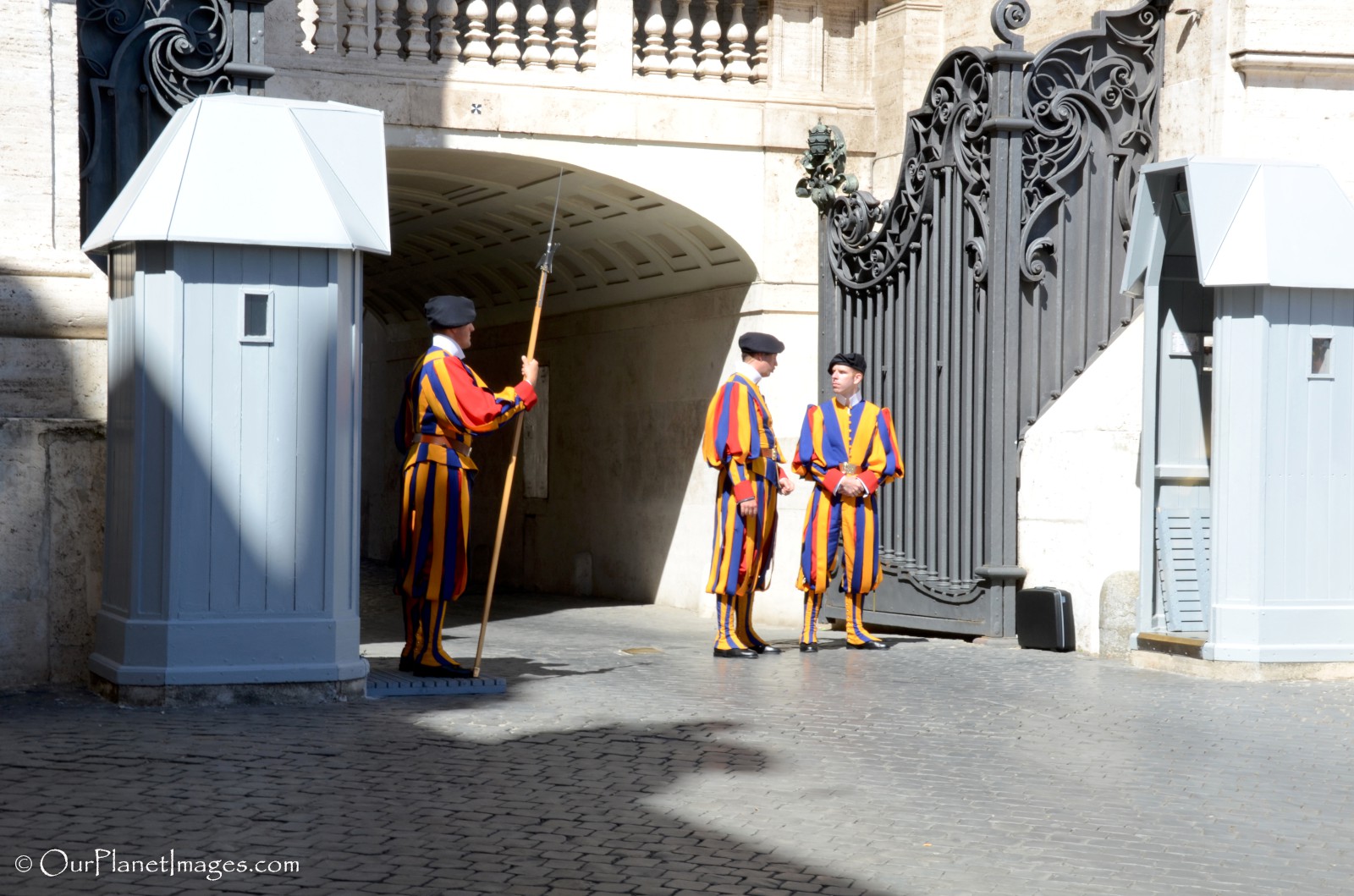Vatican City is the smallest independent nation-state in the world and the residence of the spiritual leadership of the Roman Catholic Church.
Vatican City became an independent state on February 11, 1929 defined by the Lateran Treaty. Its territory is the world’s smallest land area totaling a mere 44 hectares (108 acres) and is located within the city of Rome, Italy. In addition to the county having the smallest land area it also has the smallest population with less than 800 citizens.
Vatican City is unlike any other country in the world because every citizen who resides in the city is the same religion (Roman Catholic). The current Pope is the absolute monarch with the other resident being people with specific positions in the Catholic Church government which includes cardinals, clergy and nuns. The Swiss Guards are Catholic Swiss men who have completed military training in Switzerland and serve as the Vatican City’s security force also reside in the city along with their families. An additional 2,400 people commute into the city every day to work in the museums and attractions.

Vatican City is enclosed by its walls with its main entrance through St. Peter’s Square, a large plaza located directly in front of St. Peter’s Basilica. The top attractions for visitors to Vatican City include St. Peter’s Basilica, the Vatican Museums and Art Galleries which house the priceless art collections of the popes.
Entrance Gate
The Vatican City is one of the world’s top tourist attractions drawing around 7 million people every year, approximately 19,000 people every day. Most people spend some time viewing portions of the 11 museums making the Vatican Museums the fourth most visited museum in the world behind the Louvre in Paris, the Museum of Modern Art and the Metropolitan Museum both in New York City.


St Peter’s Basilica
Vatican City is probably most famous for St. Peter’s Basilica. It is truly spectacular and I have previously dedicated an entire post to it which I have included a link to that post at the end of this post.

Pinecone Courtyard
Most visitors pass through the Pinecone Courtyard before entering the Vatican Museums. The courtyard is named for the large pinecone statue at one end of the courtyard. The pinecone is important because the cone and well as the peacocks in front of it are symbols of eternal life.


Another interesting feature in the pinecone courtyard is a bronze statue titled “Sphere within a Sphere”. It is 13 feet in diameter and was donated to the Vatican Museums by the artist in 1990.



The Vatican Museums
The Vatican Museum is home to one of the largest art collections in the world. There are more than 70,000 objects displayed over an area of 42,000 square meters. The immense collection of art was amassed by the popes from the seventeenth century onwards and includes items from across the centuries and from around the world. The collection includes items from Ancient Egyptians, Roman Sculptures, early Christian and medieval art, Renaissance frescoes and even contemporary art. The Sistine Chapel is famous for Michelangelo’s ceiling however no photography is allowed.
Due to the massive size of the collection, you can imagine that it is not possible to see everything in a single visit or to cover in a single post. Therefore, my intension is to highlight some of the areas that I found interesting.


Gallery of Tapestry
The Gallery of Tapestry displays textile art that recounts stories of faith and leadership. The art on the ceiling features the use of shadows that give an illusion of a 3D effect.


Sculpture Galleries
The Vatican Museums have several halls with statues. The photos below are a few of the statues that I found most interesting.







Hall of Animal
The Hall of Animals was set up from 1775 to 1799 with the aim of creating a stone zoo.


Sala Rotunda
The Sala Rotunda is a circular room with a series of niches displaying large roman statues. In the center of the room is a huge red basin that is 13 meters in circumference



Gallery of Maps
The Gallery of Maps is 20 feet wide and 400 foot long that was built in the late 1500s. The walls are covered from floor to ceiling with frescoed maps of all of the regions of Italy.


Ceilings and Floors
The Vatican Museums is famous for all of the objects that are displayed. There are so many things to see that it is easy to overlook the ceilings that are also spectacular works of art.





Watch where you are walking because many of the floors have mosaic tilework that are just as artistic as the ceilings.

Vatican Guards
The Swiss Guards are responsible for safeguarding the Vatican and protecting the Pope which they have done since 1506. In addition to their security tasks, they also carry out ceremonial duties such as guard of honor at receptions and audiences. The shortest contract given from the Vatican to a Swiss Guard is 25 months.
The guards wear their Gala uniforms when they are preforming ceremonial duties which is how they are dressed at the exit of St. Peter’s Basilica. The Gala uniforms are colorful costumes with red, yellow and blue stripes. These uniforms are tailor made to fit each guard and are sown by tailors inside the Vatican barracks. Each guard’s personal uniforms are all destroyed after they complete their service contract.
A Swiss guard is on Honor Duty when he is standing in silence with his halberd in hand and this means that he should not be approached. However, when he is standing facing the crowds with his hands folded then he may be approached for questions or maybe even for a photo.



The Dust on My Shoes
Vatican City is one of the world’s top tourist attractions which means there will be crowds of people lined up go get inside, walking through the halls and filling up the rooms of the museums however it is one of those place that was on my “must see” list so the experience was worth being in tight quarters with lots of other people.
A visit to Vatican City is an overwhelming experience. There is so much to see that it is impossible to see all of the museums and even the halls are art exhibits. Every room and the halls connecting the rooms are literally covered in amazing art from floor to ceiling.
It is not a place where you can take your time to understand everything that you are seeing. I think it is best to pass through as much as you can and try to leave with a general understanding of what there is inside the Vatican City.

Many tourist attractions are unbearably crowded but sometimes it is worth wading through the crowds to see the attractions.



The Vatican is truly the most awesome place in western civilization. Their collections span centuries. I have visited the museums several times, and I always find something new.